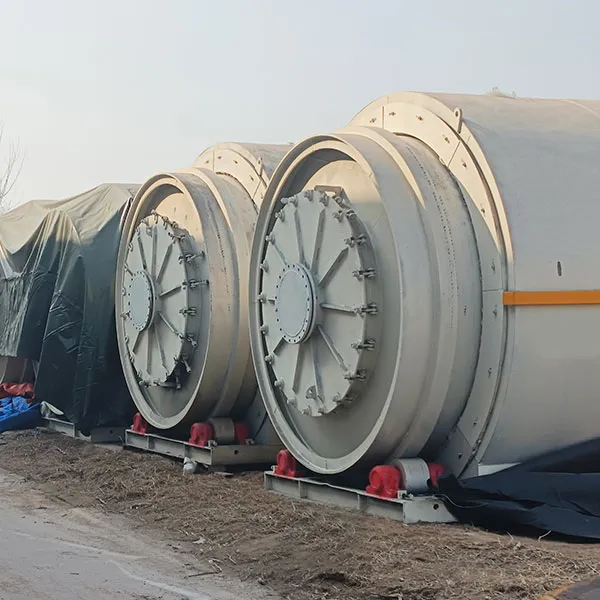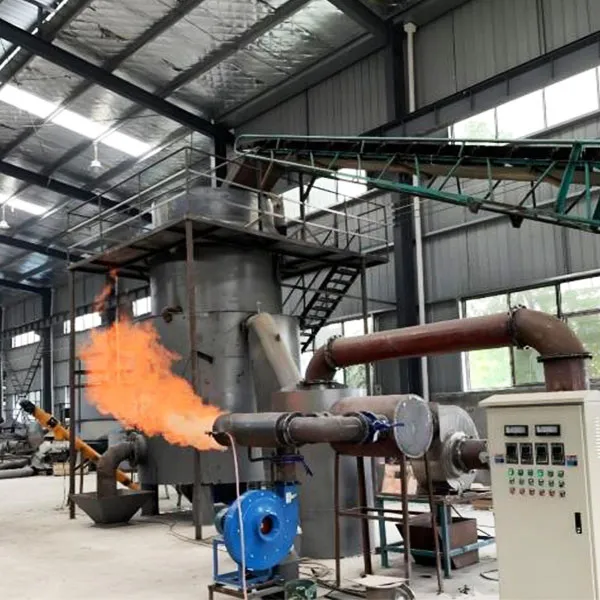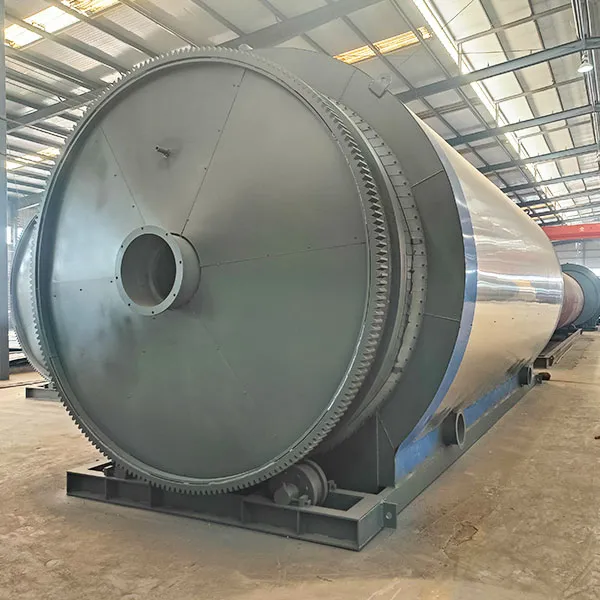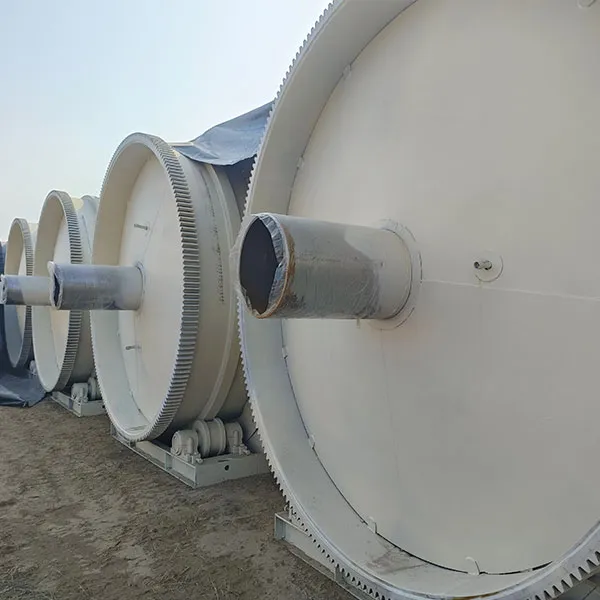how to convert plastic waste into fuel
2025-07-10 09:43:15
Converting plastic waste into fuel is an innovative way to address both plastic pollution and energy scarcity. The process typically involves pyrolysis, a thermal decomposition method that breaks down plastic polymers into smaller hydrocarbon molecules. Here’s a step-by-step guide:
Methods to Convert Plastic Waste into Fuel
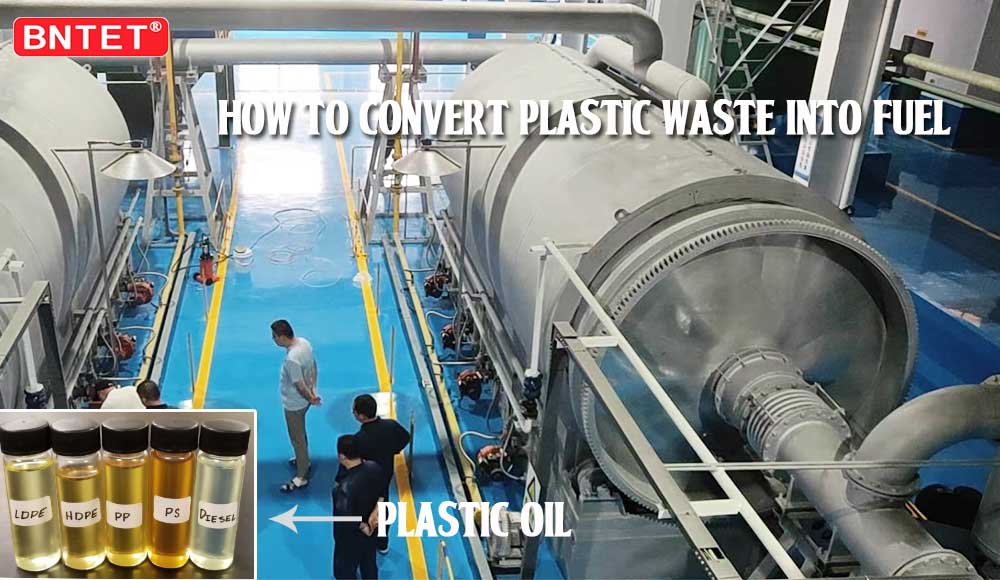
1. Pyrolysis (Thermal Cracking)
Pyrolysis is the most common method, where plastic is heated in the absence of oxygen to break it down into fuel.
Steps:
Collection & Sorting
Gather plastic waste (preferably PP, PE, PS, and LDPE, as they yield more oil).
Remove non-plastic contaminants (metals, food residues).
Shredding
Cut plastics into small pieces (2–5 cm) for efficient heating.
Heating in a Reactor
Place shredded plastic in an oxygen-free reactor.
Heat between 350–500°C (lower temps produce diesel, higher temps produce gasoline).
A catalyst (e.g., zeolite, silica-alumina) can improve efficiency.
Vapor Condensation
The heated plastic vaporizes into hydrocarbon gases.
Pass the gas through a condenser to liquefy it into crude oil.
Distillation & Refining
Fractional distillation separates the crude into:
Gasoline (lighter fractions, 40–60% yield)
Diesel (middle fractions, 20–40% yield)
Heavy oil/wax (can be reused in the process).
Byproduct Management
Non-condensable gases (methane, propane) can power the reactor.
Char residue (carbon black) can be used as filler or burned.
2. Gasification (Plastic to Syngas)
Plastic is partially oxidized at 700–1200°C to produce syngas (CO + H₂).
Syngas can be converted into methanol, ethanol, or synthetic diesel via the Fischer-Tropsch process.
Commercial Applications
Companies like Plastic Energy, Agilyx, and RESYNERGI use pyrolysis for large-scale plastic-to-fuel conversion.
Some governments incentivize such projects for waste management.
Environmental Impact
Reduces plastic in landfills/oceans.
Lower CO₂ emissions than incineration.
But still emits some pollutants—requires proper filtration.
Would you like details on a specific method or machinery setup?Contact us for more info:info@bntet.com



